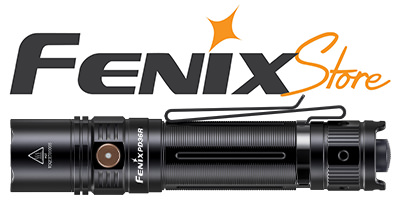Some years back A123 brand was purchased by a Chinese company. Does anyone know what happened to these or similar lifepo4 nanotech batteries?
Are these batteries not leading/getting used anywhere because of lower energy density? just curious
I've used a fair number of LiFePO4 cells over the last several years - they don't have the highest energy density, but there are a number of advantages to them, depending on what you want to do.
For example, they're a lot happier with cold environments, willing to survive most winters if you monitor temps and limit or stop charge/discharge cycles. They're willing to take a lot of physical torture without danger of exploding or catch 'a fire, and the disposal is a lot more forgiving than most other Li chemistries.
The normal range of terminal voltages isn't really a problem; very few serious difficulties exist that depend on LED threshold voltages, which shouldn't be the determinant, anyway. These things are current driven, even if you 'see' your excitation as 'applying a voltage' that's not what's happening with the device physics in circuit.
I imagine the primary barrier to LiFePO4 use in simple flashlight circuits would be about voltage, but this is reflected in the chip(sets) commonly available, the preset versions of which tend to address more common chemistries, which, as mentioned, provide a whole different set of charge/discharge and protection parameters.
None of that is a problem, of course, if you design for the chemistry of choice from the bottom up. Any reasonably efficient design is likely to be high-freq switcher based, and the analog thresholds in protection/management circuitry are most often set by simple resistor ratios.
From what I'm seeing (and buying) lately the predominant design trope seems to be ultra low power microprocessor based, at least in the IP of the digital logic part of the puzzle, and such things will want to work on voltages well within the terminal voltages of almost any chemistry.
The rest is just the standard design effort, and that's the fun, yes? For me, the cool thing about the world of flashlights is the game of seeing how slick current technology can make one, size, power, beam style, the whole thing. It's a tiny design context that almost anyone can fool around in with some success, but it reflects the bigger current engineering world in a nice way.
—TR

